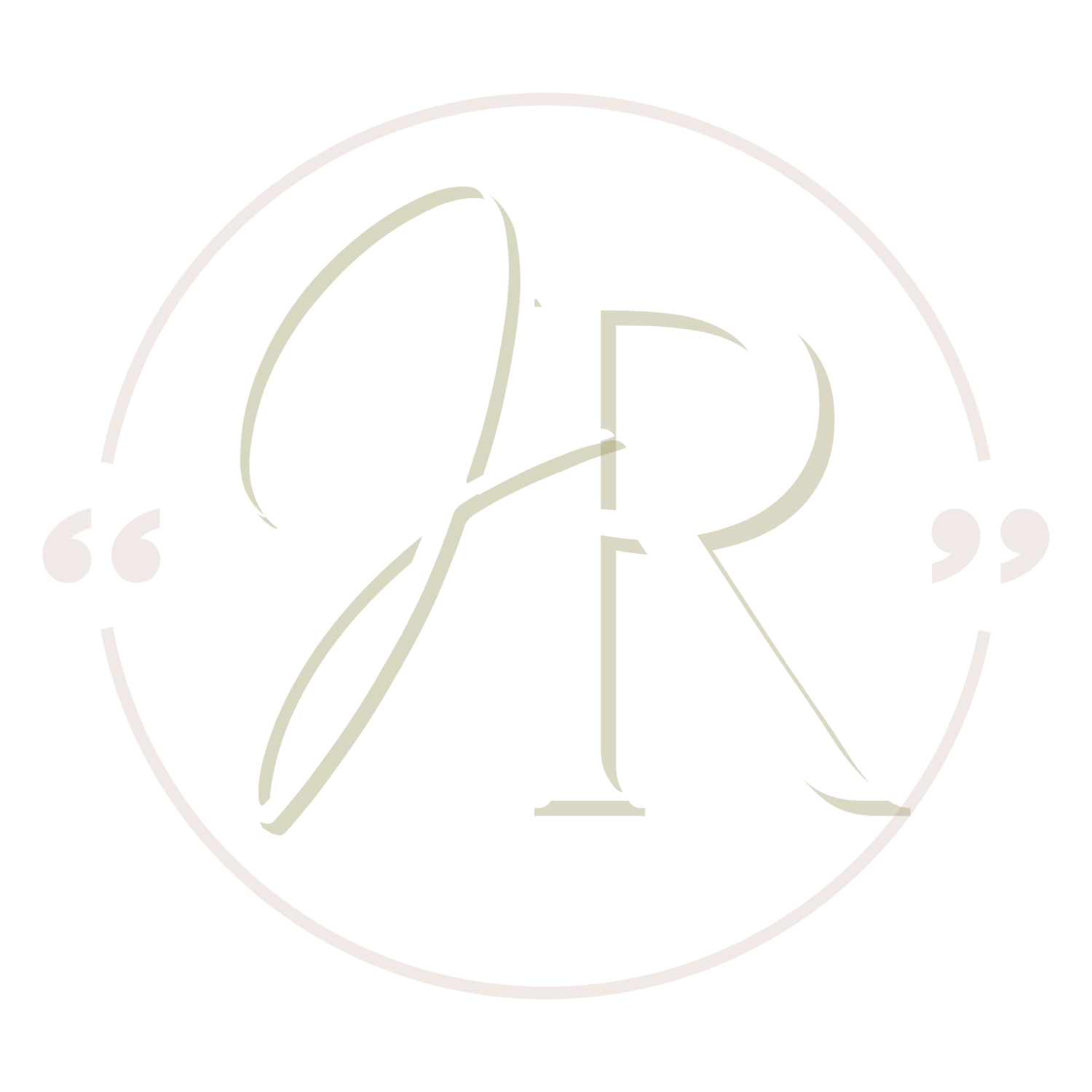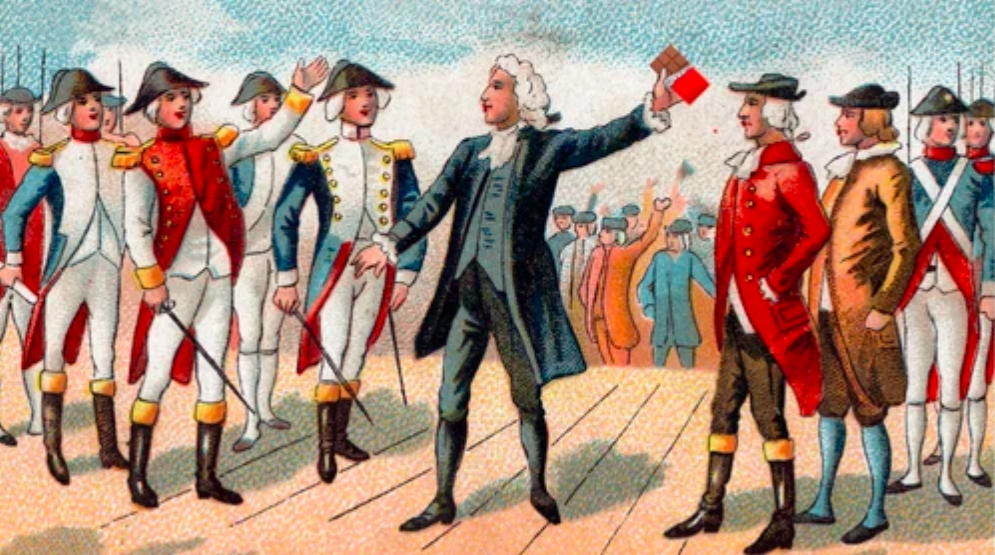Colonial America Was Obsessed With Chocolate That Probably Tasted Pretty Bad
COMPOSITE IMAGES: LEEMAGE/CORBIS VIA GETTY IMAGES // EMOJIPEDIA
Even as the colonists grew to appreciate the flavor of chocolate, they also ate it as a health food.
for Vice Munchies
In a thrilling 1785 letter to John Adams, Thomas Jefferson wrote that the quality and affordability of chocolate plus “the superiority of the article both for health and nourishment” would soon propel its popularity beyond that of coffee and tea. In doing so, our future president correctly predicted the burgeoning fad of drinking chocolate that swept through early America. First Lady Martha Washington liked to steep cacao shells to make a mild version of the beverage; and her husband, George, ordered scores of bricks throughout his lifetime, including fifty pounds in one fell swoop just three months before his death in 1799. Benjamin Franklin sold chocolate in his sundries shop_,_ and most households had designated chocolate pots. But how exactly did chocolate become the trendiest food in the American colonies? And what did the chocolate of some 230 years ago look and taste like?
Shipping records show chocolate first made landfall in Boston around 1670, where its popularity was soon bolstered by pairing it with a second “new world” ingredient sailing alongside: sugar. “The demand grew very quickly, both in the colonies as well as in Europe. It didn't take long for people to get that sweet tooth,” David Borghesani, Chocolate Historian for Mars Wrigley Confectionery, tells MUNCHIES.
At this time, cacao was primarily grown in Spanish colonies in the Caribbean and South America. Hernán Cortéz’s 1519 violent overthrow of Aztec ruler Moctezuma II had given the Spanish access to both the beans and the methods of preparing cacao and chocolatl (from the Nahuatl language). But the Seven Years War in 1763 gave Britain control of enough cacao crops that “the Almshouses of Philadelphia and New York regularly provided chocolate and sugar to its needy residents.” writes historian James F. Gay in “Chocolate Production and Uses in 17th and 18th Century North America.”
The large bricks of colonial chocolate would have been unrecognizable compared to the slim, glossy bars we consume today. Considering the available technology and technique, chef and chocolate professor Michael Laiskonis speculates that the appearance was probably “rough-looking." With most chocolate produced in port and mill towns such as Boston, Newport, Philadelphia, and New York, the same mills that ground bricks, wheat, and mustard seeds would have also ground cacao nibs. The resulting particle size would have been far larger than the modern standard of 20 micron. (At twenty-thousandths of a millimeter, a red blood cell is 5 microns across, for comparison.) Because the technology to separate cacao butter from the nib was not available until 1828, it might have contained suspended balloons of fat. And because tempering techniques would not be perfected for another 150+ years, aging and separation likely created a whitish appearance.
Packed into boxes or sold in large bricks, the gritty, fatty, oily Colonial chocolate was not suited to being a snackable foodstuff. It had to be chipped or shaved into hot liquid and then regularly stirred so that the solids stayed suspended—hence the designated chocolate pots with hinged lids to hold a molinillo-like frother. The melted balloons of fat would have left an oily sheen on the top of the beverage. But once spiced and sweetened, the thick drink proved particularly fortifying for the body and clarifying for the mind.
Very few Colonial-era chocolate recipes exist as we’d recognize them today. But contemporary ingredient lists indicate that East Asian spices like cinnamon, clove, anise, and nutmeg and the Mesoamerican vanilla and chili were readily consumed by the late 18th century. Orange and lemon rind likely made regular appearances, as well. One of the few drinking chocolate recipes we do have records of is from the first First family. According to Stephen A. Mcleod’s Dining with the Washingtons: Historic Recipes, Entertaining, and Hospitality, the Washingtons stirred their chocolate solids into warm water, brandy, milk, or wine.
Even as the colonists grew to appreciate the flavor of chocolate, they were also consuming it for salutary reasons. In his Poor Richard’s Almanac, Franklin recommended chocolate as a cure for smallpox; fellow Declaration-signer and Philadelphia doctor Benjamin Rush recommended the same. While we’re more skeptical of marketing chocolate as a health food today—independent, peer-reviewed studies promise little about its health benefits—Laiskonis urges perspective. “Think about coffee and tea, where we infuse and dump out the remainder. With chocolate, the entire cocoa bean is consumed. Comparatively, you were getting more nutrition. And given that it was roughly 50 percent fat, it was seen as providing energy and sustenance.”As quartermaster procuring supplies for the British troops in the French and Indian War, Franklin requisitioned six pounds of chocolate per officer as “a form of compensation that served a dual purpose because it wasn’t easy to get,” Borghesani points out. By the Revolutionary War, foot soldiers were given chocolate as a sustaining ration. Chocolate was so esteemed as medical supply that in 1780, Continental Army surgeon Dr. James Mann sent a desperate letter to the military hospital in Danbury, Connecticut requesting “cortex” (a kind of tree bark) and a “pound of chocolate for the use of the wounded men at this place.”
“I teach that chocolate is very much a product of evolution and technological advances,” says Laiskonis. “If it wasn't, we'd all be grinding chocolate on a stone metate and drinking it.” After Dutchman Casparas Van Houten invented a machine for separating the cocoa butter from nib solids in 1828, the drink became lighter and more palatable. Twenty years later, Englishman Joseph Fry added cocoa butter back into the solids, molded the first bar, and chocolate became candy. Powdering milk and adding cocoa to create hot chocolate followed. And in 1879, Rudolf Lindt invented the conching machine: “If you want to get technical,” Laiskonis explains, “it coats all those 20-micron particles with cocoa butter so they slide against each other more readily, making the texture creamier in the mouth.” Conching also provides the unmistakable modern shine our forefamilies might never have recognized as chocolate.
But all this evolution makes it especially tricky to find a contemporary approximation of what Colonial chocolate would have tasted like.
Laiskonis suggests Alex Whitmore’s Taza, which sources beans from direct-trade partners in the Dominican Republic, Haiti, and Bolivia and uses hand-carved granite millstone disks to double-grind nibs. By skipping the conching stage, the finished product has a matte luster and “slightly grainy and unrefined” mouthfeel.
Mars Wrigley Confectionary explores colonial-era ingredients with the smallest-batch product in their explicitly-retro AMERICAN HERITAGE series. The line was inspired by a visit Forrest E. Mars Jr. took to Colonial Williamsburg in 2003, where he was fascinated by a chocolate-making demonstration. Mars doesn’t disclose their beans’ country of origin or details of production, and the chocolate is conched to impart a glossy finish. But Gail Broadright, Director of Sponsorships and Family Properties for Mars, says the team partnered with over 150 historical sites including Fort Ticonderoga, Colonial Williamsburg, and the Betsy Ross House to compile historical Mesoamerican chocolate documents and data for their line. “We didn't have quantities of how much orange peel, or annatto, or cinnamon,” Broadright says of their era-appropriate flavored dark and milk drinking chocolates. “So it took quite a while for us to kind of get that mix right.”
Combining colonial flavoring trends and contemporary production might be the best way to go if you want to actually taste this stuff. Because even if we were able to get our hands on circa-1775 chocolate, we would be dealing with a score of unpleasant variables on top of a fatty, unconched brick. Yes, we’d know exactly where our single-origin beans came from; early advertising educated customers through imagery of cacao and marked the country of origin. But Laiskonis points out that “the quality of cocoa beans coming over in the early days was probably all over the board—it’s not like today, where a maker can send out for a two or three-pound sample of cocoa beans before they commit to buying a metric ton!” With so few producers making chocolate in that era, transport over long distances would impact quality, too; aromas from other foods would permeate wrapping and sink into that high-fat content, particularly considering the absence of refrigeration. Then there were the unaccounted for particles of brick, wheat, and mustard that worked their way into the chocolate during production in a way that would repulse modern consumers and confound modern labelling laws.
A century and a half after the Revolution, the Walter Baker & Co. Ltd.—established in 1780 and the oldest producer still making chocolate today—was still hailing chocolate’s continued rise in popularity in much the same way that Jefferson had. “It is evident that the coming American is going to be less of a tea and coffee drinker, and more of a cocoa and chocolate drinker,” they alleged in their complimentary cookbook, Choice Recipes, in 1914. “This is the natural result of a better knowledge of the laws of health, and of the food value of a beverage which nourishes the body while it also stimulates the brain.”
And even if it doesn't really cure whatever ails you, modern technology has made chocolate delicious enough that it doesn't even matter. But it's all because that original crumbly, oily brick of chocolate was beloved enough by Founding Fathers to firmly wedge itself into the American foodscape.


